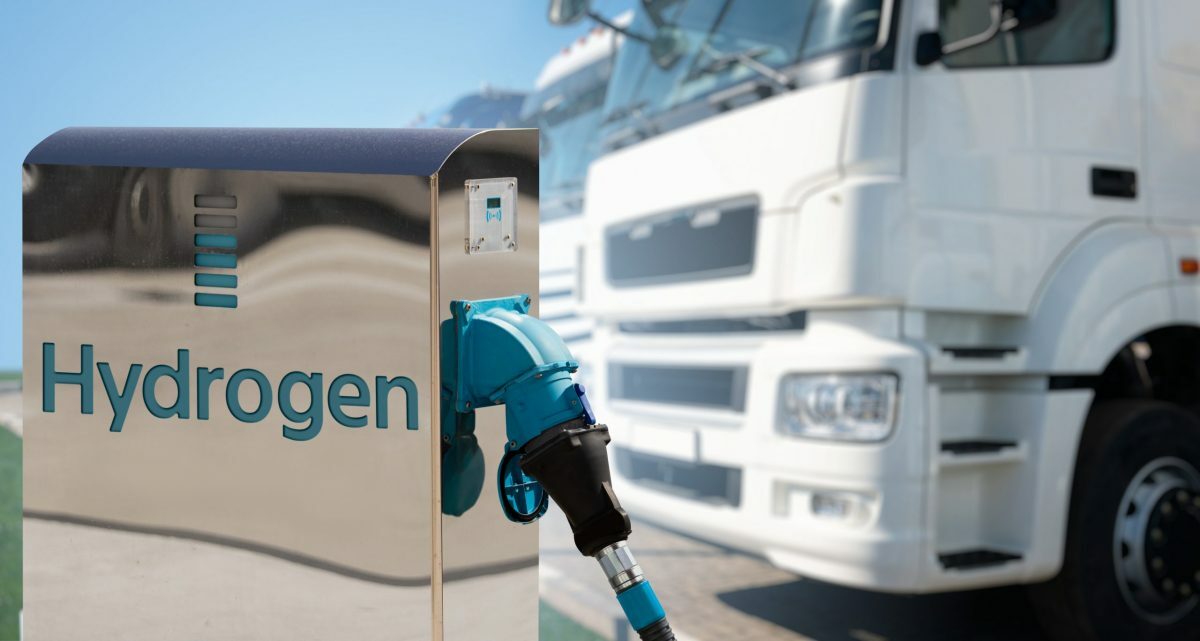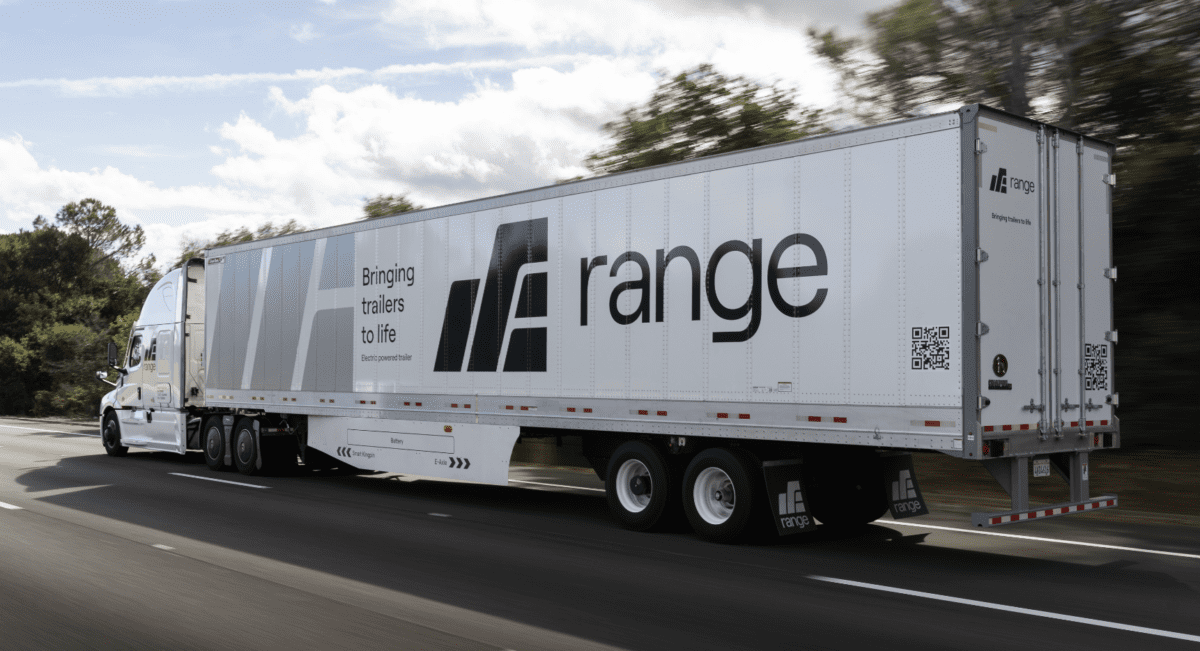In the same way that basic turbocharging has become ubiquitous on automotive diesel engines through the last decade, the added refinement of variable turbine blading is becoming progressively widespread, at least on those diesels equipped with single-stage turbos. Twin – ie two-stage – turbos are an alternative answer to the same challenge of achieving high boost pressures right through an engine’s working speed range. But a single variable-geometry turbocharger (VGT) is crucially more compact and usually less costly than most twin turbo installations.
On passenger car diesels, VGTs have already become commonplace. For such light-duty applications, they are available from Honeywell (formerly Garrett), BorgWarner (formerly KKK and Schwitzer), Ishikawajima-Harima Heavy Industries (IHI) and Mitsubishi Heavy Industries (MHI). All employ swivelling-vane geometry. The aerofoil-section turbine stator blades swivel to open or close the gaps between adjacent blades – defined as the turbine ‘nozzles’.
Holset’s unique ‘moving sidewall’ VGT technology has been applied for heavy-duty applications for more than a decade, beginning with Iveco’s Cursor 8 engine and now widely adopted by Scania, but it is an innovation for ‘van sized’ diesels.
Early problems with blade ‘flutter’ at critical gas flow rates have long been overcome, but the intricate precision of the moving parts in a swivelling-vane mechanism, continuously exposed to fluctuating and high peak exhaust gas temperatures, brings durability challenges, especially in more demanding applications. Van and light truck diesels epitomise those challenges. They can be subject to extreme and often abrupt load and exhaust heat variations, particularly where a vehicle is engaged in short-distance multi-stop urban delivery work.
In response to the demand for a more rugged form of VGT for light commercial vehicle diesels, Cummins Turbo Technologies will unveil, at the 2010 IAA commercial vehicle show opening in Hanover, Germany on September 23, a new range of Holset-branded turbochargers intended for engines in the 2 to 5 litre category. Though the HE200 range will include conventional fixed-geometry models, incorporating a wastegate device to provide some performance advantage at lower engine revs, the marketing emphasis will be on the more sophisticated – and costly – VGT (variable geometry turbo) versions.
Holset’s unique ‘moving sidewall’ VGT technology has been applied for heavy-duty applications for more than a decade, beginning with Iveco’s Cursor 8 engine and now widely adopted by Scania, but it is an innovation for ‘van sized’ diesels. The same turbine stator configuration is adopted, albeit on a smaller scale. Nozzle area is varied not by swivelling the stator blades; they are fixed. But their effective width – measured axially – is altered by means of a moving annular ‘sidewall’, into which are machined aerofoil-section slots, each one a tight-tolerance sliding fit around its mating stator blade.
On demand from the engine management system, the slotted sidewall slides axially along the blades to lengthen or shorten their effective length. In doing so it increases or decreases the cross-sectional area of the the nozzles around the circumference of the turbine, through which the exhaust gas flows to spin the turbine wheel at speeds up to 100,000rpm or more. In common with swivelling-vane VGTs, as the total nozzle area is progressively constricted, the gas necessarily flows with added force, which in turn increases the rotational speed of the turbine wheel. Because, as in all turbochargers, the compressor (or impeller) wheel is attached to the same shaft, the engine’s intake air boost pressure is increased accordingly.
Early problems with blade ‘flutter’ at critical gas flow rates have long been overcome, but the intricate precision of the moving parts in a swivelling-vane mechanism brings durability challenges
CTT claims that the Holset VGT configuration is crucially more durable in demanding commercial vehicle applications than the more intricate swivelling-vane geometry. Its competitors however point to a swivelling-vane turbo’s higher efficiency. They say the subtle change in nozzle throat contours, as well as in nozzle area, as the vanes swivel, makes for better harnessing of the available gas flow. They also point to the inevitable gas leakage, however limited, through the Holset’s slot/blade clearances. Clearly on its new smaller HE200 moving-sidewall models, optimising those clearances must have brought additional challenges.
As well as providing greater performance flexibility than simple wastegate turbos at lower engine speeds, VGTs can be selectively programmed to improve back-pressure generated engine braking and, by similar means, raise exhaust temperatures to stimulate DPF (diesel particulate filter) regeneration, with consequent maintenance benefits, especially relevant for hard-working light commercial vehicles. Those secondary VGT functions impose extra demands for ruggedness and durability, which the Holset design looks well set to meet, albeit with a small sacrifice in efficiency against swivelling-vane rivals.
The opinions expressed here are those of the author and do not necessarily reflect the positions of Automotive World Ltd.



